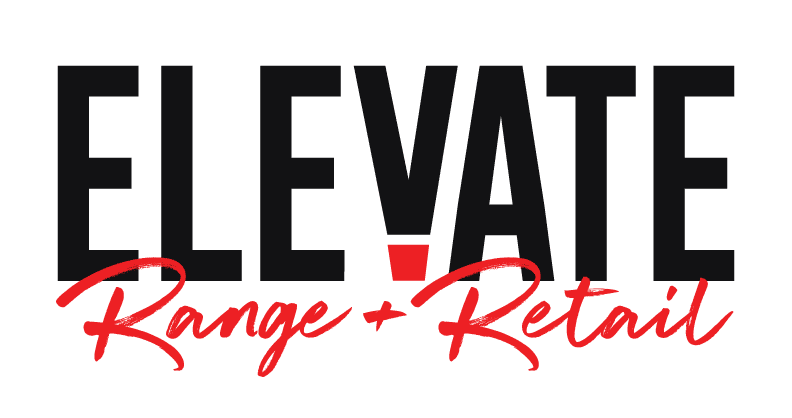What is SEO? Do you know how your website ranks on Google? Are you currently doing any active work to better rank your business? SEO, or “search engine optimization” is the overall process of improving the appearance and position of a website or web pages in order to rank higher in a search engine like Google, Bing, Microsoft, etc. The better visibility your website or its pages have in search results, the more likely you are to be found and clicked on.
On-Page SEO – Help your Website Rank Better on Google
Ranking your website on Google is no simple task. There are a number of different factors that have to work together in order to begin moving up on the search results of Google. A couple factors include strong keywords, written content, headers, meta descriptions, etc. If all of these factors are working together hand in hand on your website and throughout the internet, then your website will slowly start climbing the search results on Google.
Keywords
So where do we even start with the process of SEO? We first find what terms users are actually searching for. This ensures that we are focusing on keywords that matter to your potential customers that will then drive them to your website. Keyword terms are crucial when it comes to ranking your website.
Think about it like this: when you go to search for something on Google, what are you most likely to type into that search bar? Whatever the niche of your business may be, it’s important to understand the common keywords that your target audience might be searching for to find you. Tools like SEMRush, Google Keyword Planner, Moz, Ahrefs, etc. are great tools for tracking popular or trending keywords to implement into your website.
Written Content
After you track your keywords, use that information to your advantage by writing some eye-catching content that will grab the attention of your target audience. Implement those keywords into the content, the more you do, the better your page will rank!
Headers
Similar to written content, headers are just as important, if not more, when it comes to ranking your content. Create headers that will grab the attention of your audience, and be sure to use the keywords in your H1, H2, H3, H4, etc. headers on your page to rank higher!
Meta Descriptions
A meta description is an element that provides a brief summary of a web page. A page’s meta description tag is displayed as part of the search snippet in a search engine results page (SERP). To rank your page higher, be sure to focus your keywords in this description box.
Remember, SEO is a marathon, not a race. Making these changes to your website won’t instantly catapult your website to the top of the search rankings. It’s the consistent work done to the website to continue to optimize that will get your site ranking higher and higher.
Generate Leads with Analytical Insights
So, you’re doing all the work to rank your website pages and slowly move upwards on a SERP, but how do you really know that it’s working? Google’s Ad Preview Tool allows you to track your success in an unbiased environment and shows a preview of a Google search result page for a specific term. This helps you see which ads and assets are appearing for your keyword. With this, you’ll be able to actually see tangible value from the money that you’re spending on SEO.
Start Implementing SEO on Your Website
There are so many more SEO processes, tips and tricks for you to learn, and this information is a great stepping stone in beginning your SEO journey with your business. The better visibility your website or its pages have in search results, the more likely you are to be found and clicked on. Rest assured, the extra work is justified when you begin to see your website ranking higher and higher!
